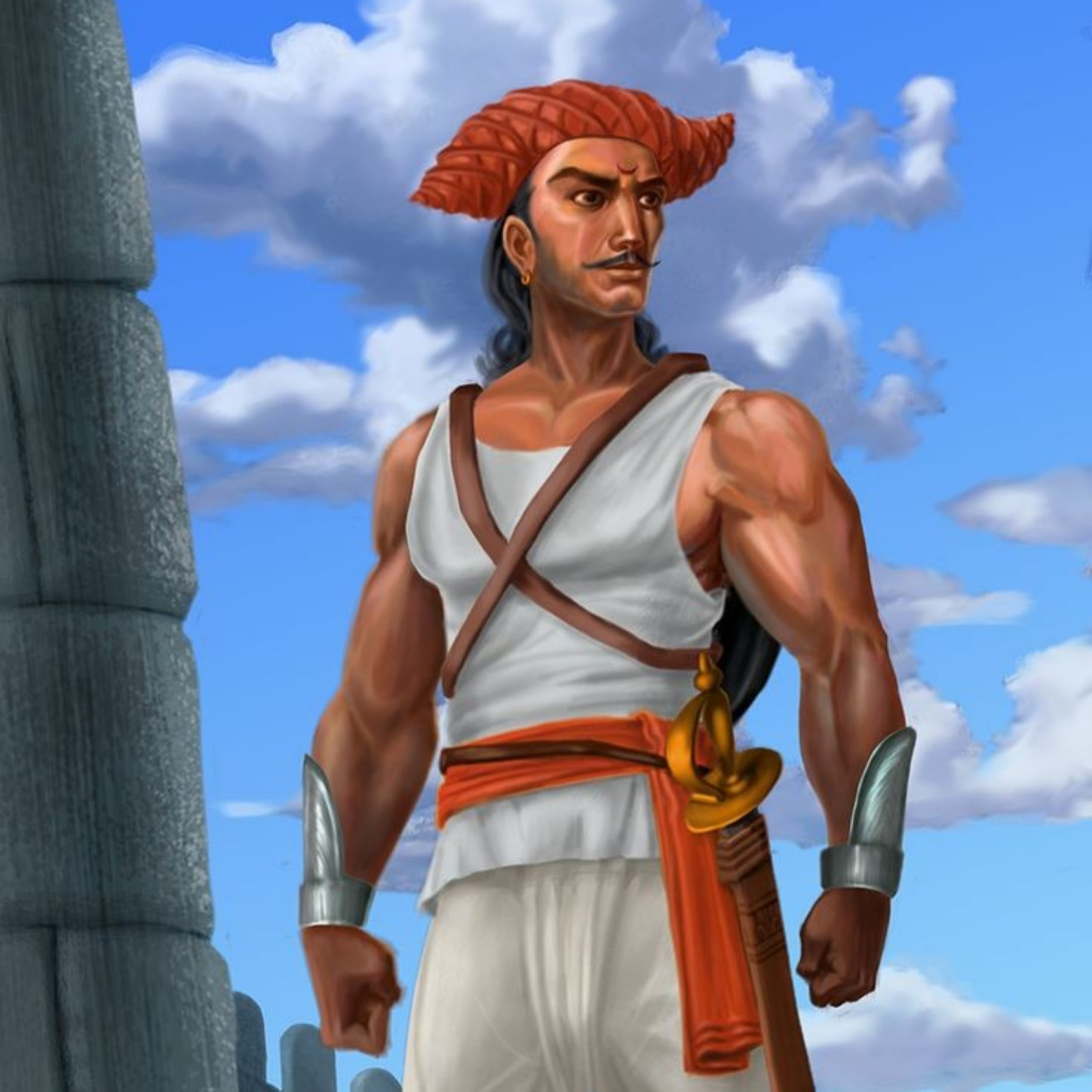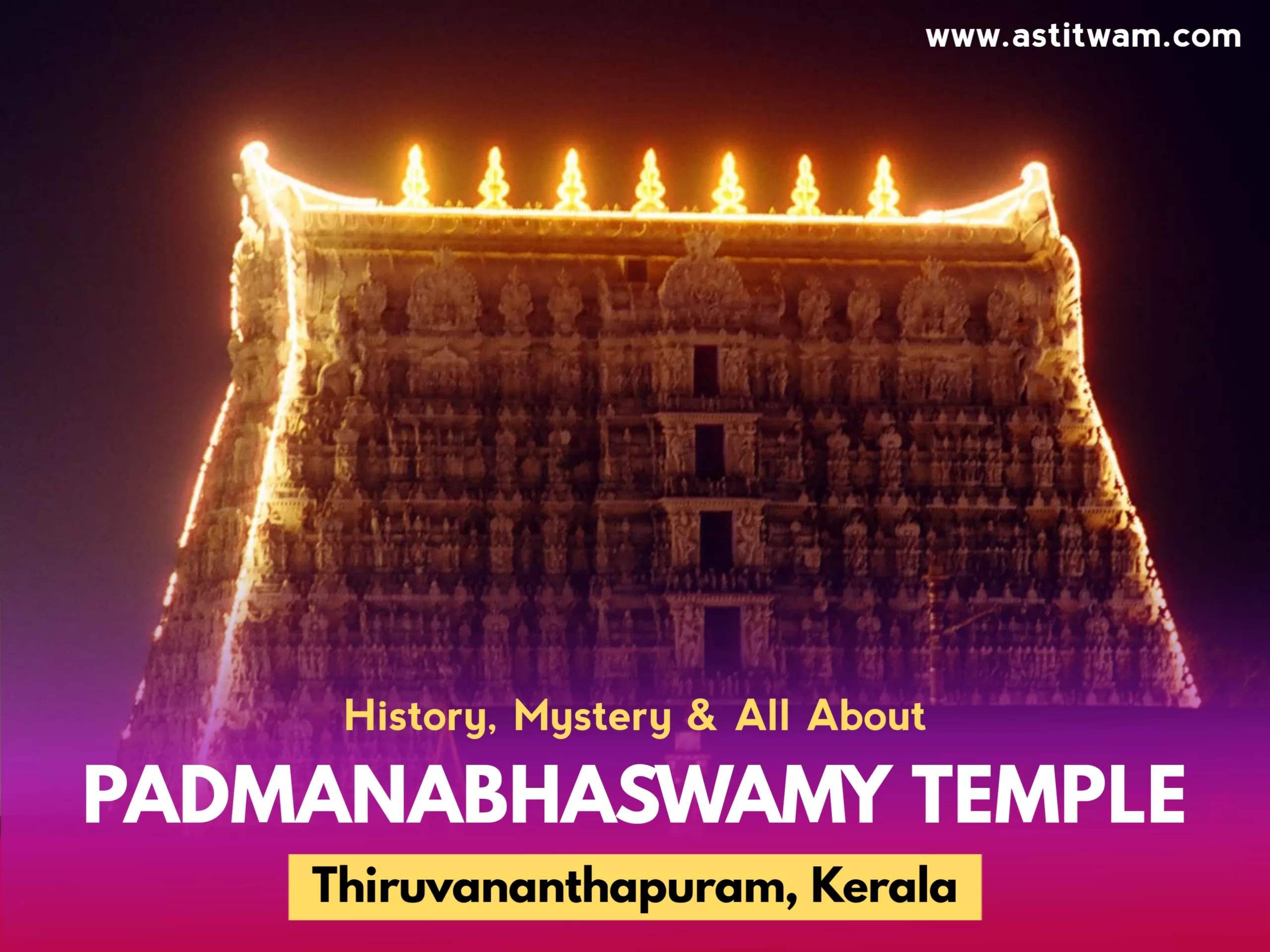Echoes of Satire: The Bharud Chronicles

Bharud is a traditional folk art form from Maharashtra, India, known for its unique blend of music, poetry, and social commentary. Now, we will explore Bharud in detail, covering its history, characteristics, significance, and its impact on Maharashtra’s cultural landscape.
Origin and Historical Background of Bharud:
Bharud has its roots in the medieval period of Maharashtra’s history. The term “Bharud” is derived from the Marathi word “bhar,” meaning burden or responsibility. It emerged as a means of social commentary and criticism, addressing prevalent issues and highlighting societal responsibilities.
The origins of Bharud can be traced back to the tradition of “Dindi,” which involves a group of devotees embarking on a pilgrimage to Pandharpur, a major pilgrimage site in Maharashtra. During the journey, these devotees would engage in devotional singing and storytelling, gradually evolving into a more satirical and socially conscious form of expression, giving rise to Bharud.
Characteristics of Bharud:
Bharud is characterized by its distinct style of narration, rhythmic patterns, and spirited delivery. The performance typically involves a solo artist, known as the “Bharudkar,” accompanied by a “talwadi” (a percussion instrument) and “taal” (cymbals).

The lyrics of Bharud are composed in a unique form of Marathi poetry known as “ovis.” Ovis are couplets with a regular meter and rhyme scheme, often filled with metaphorical language, wit, and wordplay. They employ a blend of colloquial language, traditional proverbs, and cultural references, making them relatable and accessible to the masses.
Themes and Subject Matter:
Bharud explores a wide range of themes, including social, political, and religious issues. The performances often revolve around moral dilemmas, hypocrisy, corruption, gender inequality, superstitions, and other prevailing societal challenges.
One of the significant aspects of Bharud is its social satire. Through witty and thought-provoking verses, Bharudkar exposes the follies and shortcomings of individuals and institutions, prompting the audience to reflect on their own behavior and social responsibilities. This satirical approach makes Bharud an effective tool for social commentary and critique.
Performance and Impact of Bharud:
Bharud is primarily performed during religious festivals, fairs, and cultural events in Maharashtra. The performance space is usually an open area where the Bharudkar engages with the audience, encouraging their participation through clapping, dancing, and responding to the verses.


The energy and enthusiasm of a Bharud performance are contagious, captivating the audience and creating an interactive atmosphere. The artist’s powerful voice, animated gestures, and spontaneous improvisations add to the overall impact of the performance.
Bharud’s significance extends beyond entertainment. It serves as a means of social awakening, spreading awareness, and promoting positive change. By addressing societal issues through artistic expression, Bharudkar acts as a catalyst for introspection and dialogue, inspiring individuals to challenge existing norms and work towards a more equitable and just society.
Preserving Bharud Heritage:
Despite its historical and cultural significance, Bharud has faced challenges in recent times. Modernization, changing tastes, and the rise of commercial entertainment have led to a decline in Bharud’s popularity. Efforts are being made by cultural enthusiasts, organizations, and artists to preserve and revive this traditional art form.

Initiatives such as organizing Bharud festivals, workshops, and competitions aim to create awareness, encourage participation, and provide a platform for talented artists to showcase their skills. Additionally, recordings, documentaries, and digital platforms play a vital role in documenting and promoting Bharud, making it accessible to a wider audience.
Conclusion:
Bharud stands as a testament to the cultural richness of Maharashtra and the power of artistic expression in addressing social issues. Its ability to entertain, educate, and provoke critical thinking has made it an integral part of Maharashtra’s cultural fabric.
As we celebrate and appreciate the diverse forms of folk art, including Bharud, it becomes essential to recognize their significance and support the efforts to preserve and promote these art forms. By doing so, we can ensure that Bharud and other traditional folk arts continue to thrive, passing on their legacy to future generations, and contributing to the cultural heritage of Maharashtra.




